REDSTONE ARSENAL, Ala.--Reopening Redstone Arsenal has been a team effort.
With the majority of electrical power shut down for a week due to the destruction caused by a series of storms and tornadoes that passed through the area on April 27, the Arsenal was only open to basic services and closed to the work force for just over a week. During that time, the Garrison's Directorate of Public Works, Directorate of Logistics, Directorate of Plans, Training, Mobilization and Security and Directorate of Emergency Services along with the Aviation and Missile Command/Garrison Public Affairs Office worked countless hours based at the Installation Operation Center/Emergency Operation Center to bring the Arsenal back up to full operating power, provide safety and security during the power outage, and inform employees about their work status.
Besides employees and contractors from throughout the Garrison working on electrical outage issues, tenant organizations also pitched in to support efforts, and Family and Morale Welfare and Recreation provided free meals to all those called in to work during the power outage.
"Everybody has really been great. Our major tenant customers have been coming to briefings and working with us," said Greg Calvert, chief of Base Operations and Integration Division, Directorate of Public Works. "It's been a phenomenal effort where we've all come together.
"We've all gotten to know each other and we have lessons learned from this that we will be able to apply in other situations if needed. We've never had anything of this magnitude and I've been here since 1986. We never imagined we'd have anything close to this."
The Garrison/tenant team sacrificed time away from their own families during a tragedy to support Arsenal operations.
"We all have lives outside Redstone Arsenal to take care of. Somehow we all managed to be here to do our job while also taking care of our home life," Calvert said.
"It's been a challenge. It's been unbelievable how we've all worked together. And, (Garrison commander) Col. (John) Hamilton and Mr. (Curtis) Clark (deputy commander) have supported us and backed us every step of the way."
One of the challenges was communicating the Arsenal's open/close status to its community, which includes active duty Soldiers, employees, contractors and retirees along with their families, Hamilton said.
"I know how hard it is to get even a viable portion of our work force to know our status every day (during this tragedy)," he said. "We need to provide enough information so they understand what the status is and to encourage all others to call their supervisor to find out what their status is."
Because communication with the Arsenal's 35,000 employees is crucial to its operations, Hamilton was a regular contributor to the community press conferences held each day from April 28 until May 6. In addition, employees were communicated with through the Team Redstone Facebook, Twitter and website pages. And supervisors were required to keep their employees updated on the Arsenal's status.
The Arsenal received only minimal damage from the violent weather of April 27, and most of that was in the Gate 10 area.
"We had very focused, very brief blasts of straight line winds that caused some roof damage, and some damage to the gate, the high bay buildings and the post library. There were some trees blown down. It was really minor damage," Hamilton said.
The real damage to Redstone came in the form of no electricity for several days due to severe damage to Tennessee Valley Authority equipment and facilities throughout North Alabama.
"The first few days, TVA gave us a very limited amount of power," Calvert said. "We used it to light up Goss Road and housing, and then started working a plan to use once TVA started giving us more power. We had several Garrison employees working on a grid plan that divided the Arsenal into zones."
Beginning April 28 and continuing through May 3, the Arsenal was closed, except for basic services. Some mission essential employees, such as those Marshall Space Flight Center employees supporting the scheduled space shuttle liftoff on April 29, were working thanks to the use of large generators. What little electricity that was available was used to power the Shoppette, the Arsenal neighborhoods, the Post Exchange and Commissary, and the Ordnance Munitions and Electronics Maintenance School.
As the power outage stretched onward, the pressure to get Arsenal buildings operating mounted.
"There are some important missions out here and we've got to get back to work," Hamilton said. "And, quite frankly, part of the healing process, part of getting back to normal, is getting back to work ... There are 10 to 12 huge customers with factories who may not get back on for two to three weeks. There is a phenomenal amount of pressure on TVA to solve the problem. TVA has never experienced anything like this before. It's going to take a lot to recover from it."
But, power did return, slowly at first and then quite quickly. Between May 2 and May 4, Public Works contractor employees began turning on power in more than 600 occupied buildings (there are a total of 1,800 buildings in the Arsenal inventory). By May 5, most of the Arsenal was back to working conditions.
"It's not as easy as flipping on a switch when you decide to turn the power on," Hamilton said. "You have to run the buildings for 24 hours to get the humidity out and make them comfortable, to get that building truly functioning and get the people back in."
Before the buildings could be powered up, all internal systems had to be turned off. Many things, such as computers, coffee makers, refrigerators and copiers, were left on when employees left in a rush on April 27 to return home between the day's numerous bad weather systems.
"We have to turn on buildings in the smart way, otherwise we will make everything crash and we'll be back to square one," Hamilton said.
Each building's fire safety and alarms, and security systems had to be checked as well as their heating and air conditioning systems.
"We went through the buildings to turn off coffee pots and clean out refrigerators," Calvert said. "There are a number of issues that happen once you turn the power off. There are a number of things that have to happen before you can safely occupy a building."
Contractor employees with Chugach Federal Services and Alutiiq turned power back on in Arsenal buildings, and custodial services, provided by Phoenix Services, were called in to prepare buildings for the Arsenal work force.
"They are the work force behind our civilian Garrison force," Calvert said of the contractor companies. "They have been super in providing us support. They are the men and women that did the physical work to get Redstone Arsenal back to life."
The Arsenal's reliance on steam power meant contractor employees had to shut off all valves throughout the steam pipe system that crisscrosses the Arsenal, going from location to location to physically shut them off. With the steam plant not running, the steam in the pipes cooled and turned to condensation. To return the steam pipe system to operation, contractors returned to each valve location, slowly turning on the steam to push the condensation out and reheat the pipes. Once the pipes were fully heated, the steam could be turned up to full operation.
"It's a gradual process that has to be followed so that we don't damage the pipes," Calvert said.
During the return to power, the Garrison had to work closely with TVA to only turn on the number of buildings that would not exceed the amount of electricity being provided. At one point, the Arsenal, which usually runs on 65 megawatts a day, had only 4 megawatts. That number increased to 10 and then to 17, and reached close to 65 megawatts by May 4.
"The criticality of your organization's mission is not the only thing that will have us decide which buildings to turn on first," Hamilton explained. "Also, where a building is physically located matters and specific power requirements matter."
Soon after April 27, the Arsenal was receiving 10 to 11 megawatts. But then that crashed and there was no power for a few hours. Then the Arsenal got back up to 4 megawatts on April 29 and to 10 and then 14 megawatts on May 2.
The Garrison divided the Arsenal into grids, checking them off as they received power. Zone 1, which includes neighborhoods and basic services, received power first on April 28. Then, Zone 2, where OMEMS is located along with the Army Contracting Command/Expeditionary Contracting Command and several smaller organizations, got power.
"It is critical for OMEMS to get Soldiers trained and out, and they have critical BRAC (Base Realignment and Closure) requirements," Hamilton said.
Then, the Garrison reached down into Zone 6, where the Army Materiel Command and Security Assistance Command are located in temporary offices.
"They had no backup and they had low usage that would fit into the 10 megawatts we had at the time. So we got them up," Hamilton said. "Then, as we got up to 14 megawatts, we went on to MSIC (Missile and Space Intelligence Center) because of their command priority."
Both the Sparkman Center and the Von Braun Center require about 4 megawatts each. They were next on the list along with "users who are lower priority but who are also smaller consumers that can fit in," the colonel said.
"We are being cautious because the power is very fluid, and we don't want ups and downs in the system."
As Redstone got to 17 megawatts, the extra power was used to heat up substations so they were ready for full electricity and to power smaller buildings around major complexes. By May 4, Redstone was receiving enough megawatts to power up most of its buildings.
But Hamilton urged employees living throughout North Alabama to conserve energy and to be aware that the area's electrical system is still not up to full capability.
"TVA's huge transmission lines, each carrying 1,500 megawatts, every single one was cut down. Now, TVA is down to using their smaller ones. Because of that the system becomes very sensitive. TVA is scared of thunderstorms and what they could do to the system. There is no redundancy and the system is extremely sensitive to thunderstorms," he said.
For that reason, TVA may require planned brownouts during the summer to conserve energy and to prevent electrical spikes in the system. It may be August before TVA has replaced all the equipment and infrastructure damaged by the tornadoes and is back up to full operating capacity.
"This will have a fairly significant impact on the economy locally," Hamilton said. "If we have to reduce power consumption on the Arsenal, we will work with our tenants to trim that off. But, as a direct customer to TVA, we are in a little bit better position to manage our grid while TVA restores their network and their redundancies."
The Garrison does have a main control room, manned by Chugach employees, that operates 24/7 to respond to utility emergencies on the Arsenal.
NASA's Marshall Space Flight Center was the last Arsenal tenant to receive power.
"They asked to not be put back on commercial power until they ask us to do that," Hamilton said. "They have systems that are very sensitive to the switch over."
In fact, the Army offered power to Marshall on April 28, knowing computer systems in the Huntsville Operations Support Center's Payload Operations Center had to be kept running in support of the planned April 29 shuttle launch. But it was decided the power was too unstable to provide the support needed, and the Huntsville Operations Support Center remained on generator power through the shuttle launch cancellation.
"We have a couple critical missions that must remain online," said Bob Devlin, deputy director for Marshall Space Flight Center operations.
"The Payload Operations Center supports science on the space station and it maintains 24/7 communications with the space station. We also do a series of things for the shuttle launch with our critical mission being with the shuttle's propulsion systems."
In the Marshall labs, other critical science projects must maintain electrical power, including the mixing of tile adhesive that is done just prior to a shuttle launch because of its limited shelf life and then shipped down to Cape Canaveral, Fla., to be applied right before launch. With the Garrison's assistance, Marshall had 12 buildings on generators before the shuttle launch was delayed.
"This whole situation shows the good assistance we get from the Army and the great relationship we have with the Garrison," Devlin said.
"The Army assisted us in getting generators going so that the 150 to 300 people we had here in support of the shuttle launch could continue the mission. We had everything we needed. People don't understand how big a role our community has with the space station and the shuttle. But this situation shows the great team effort we have here. This is a big success story with everybody working together for the mission."
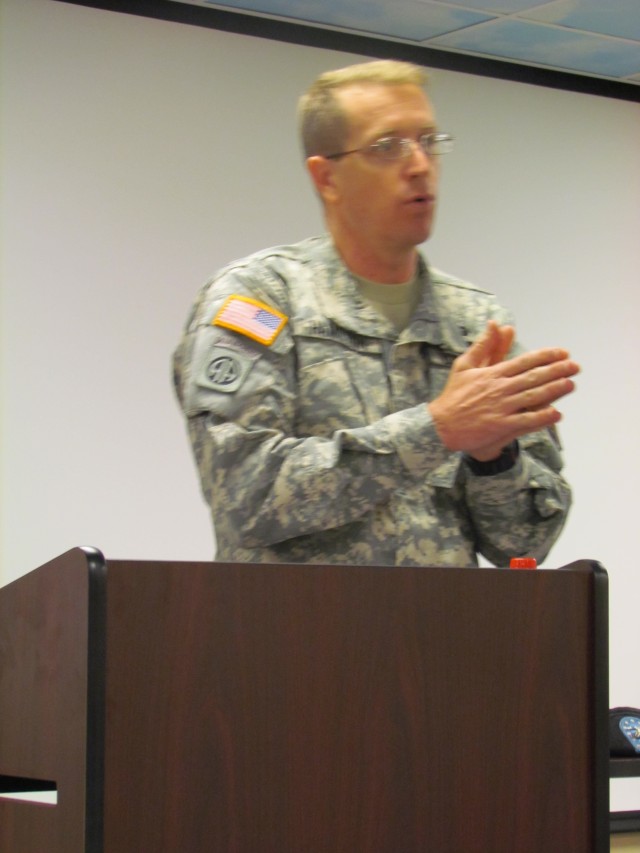
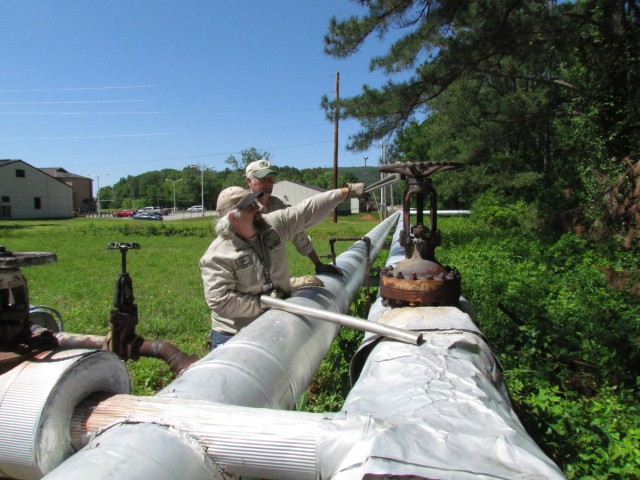
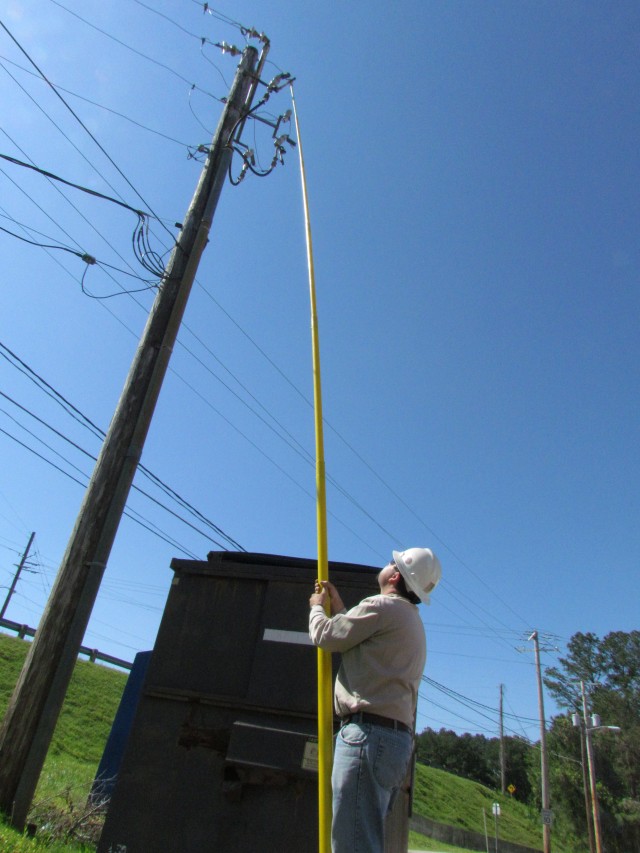
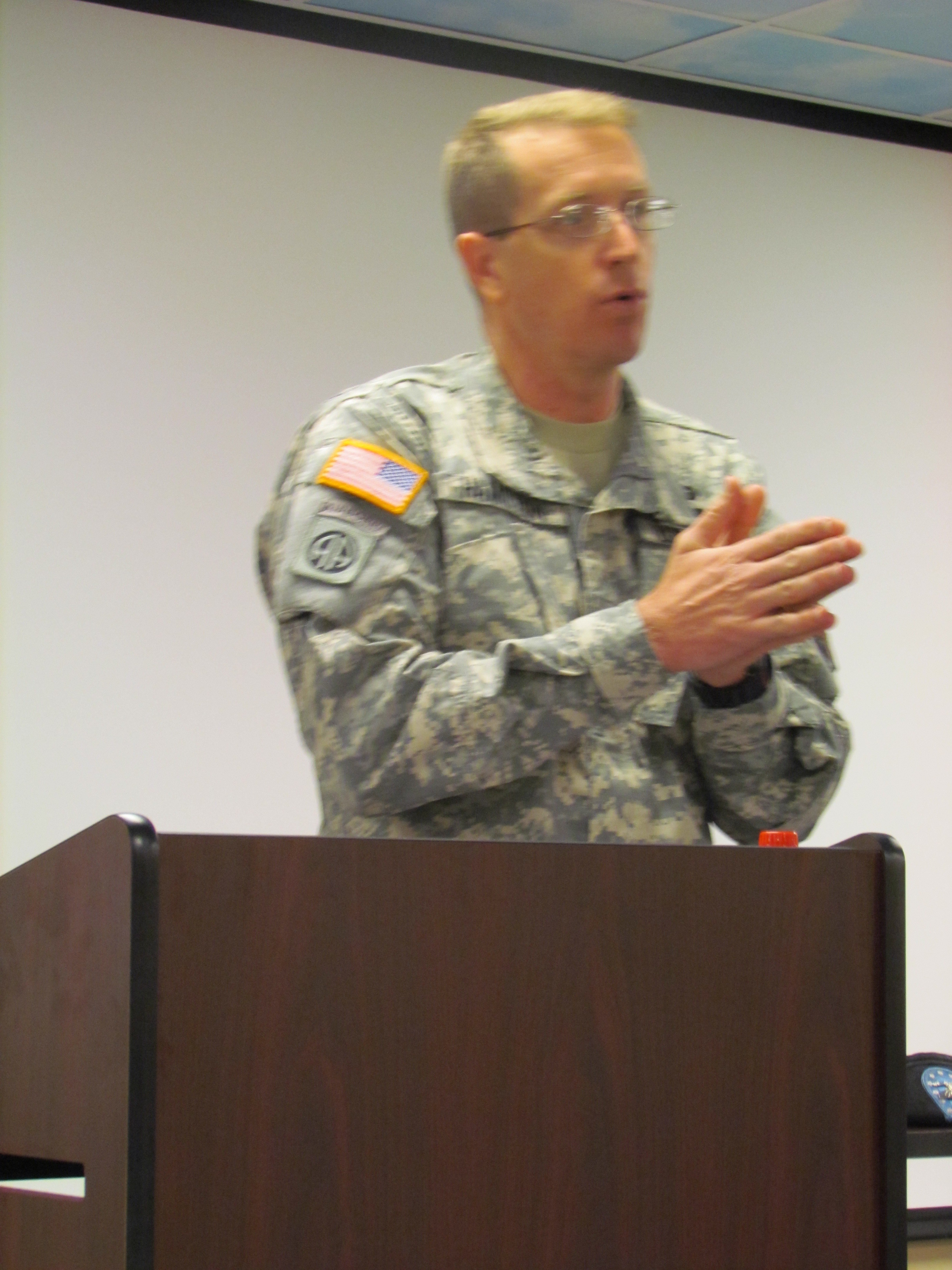
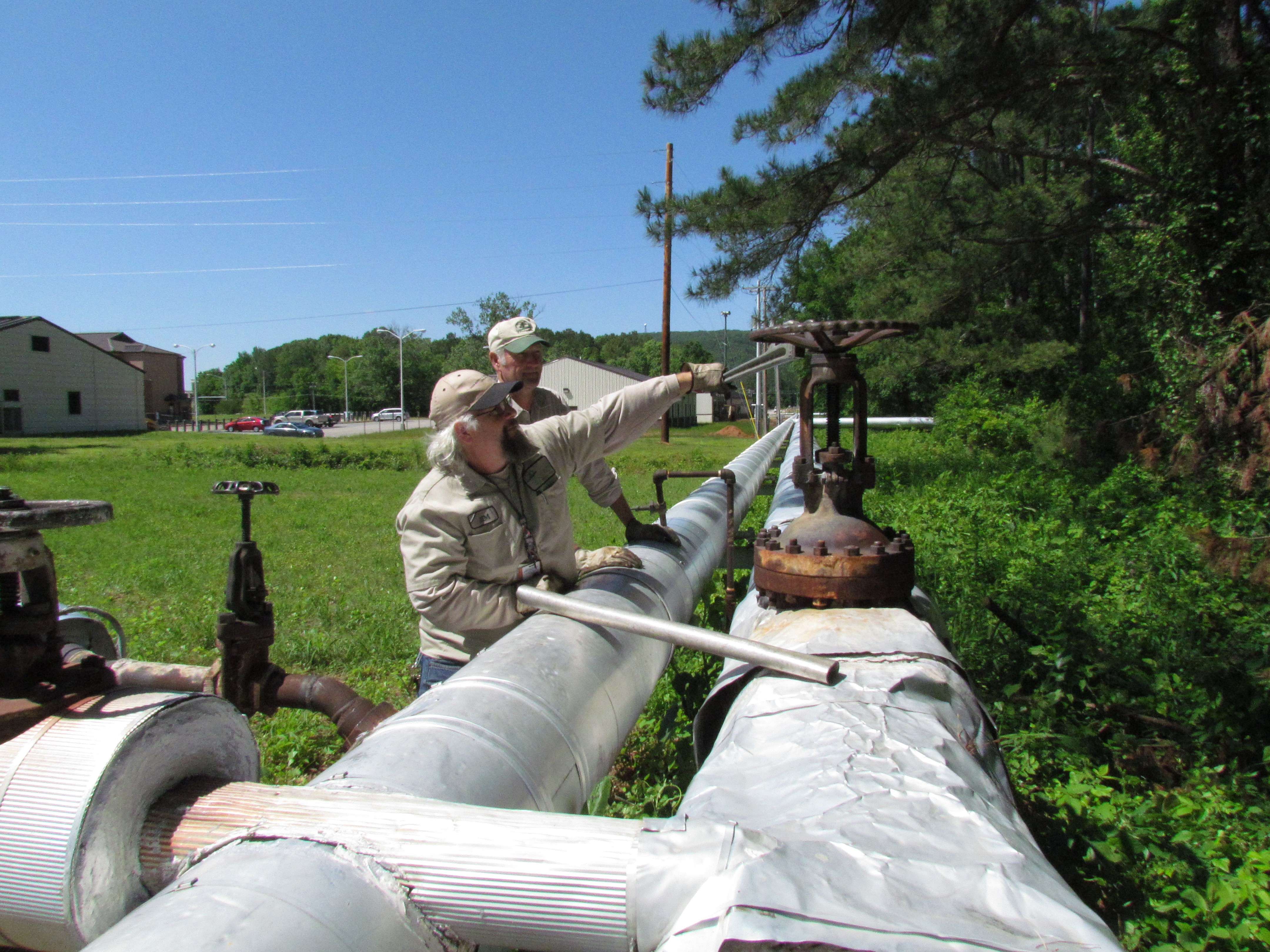
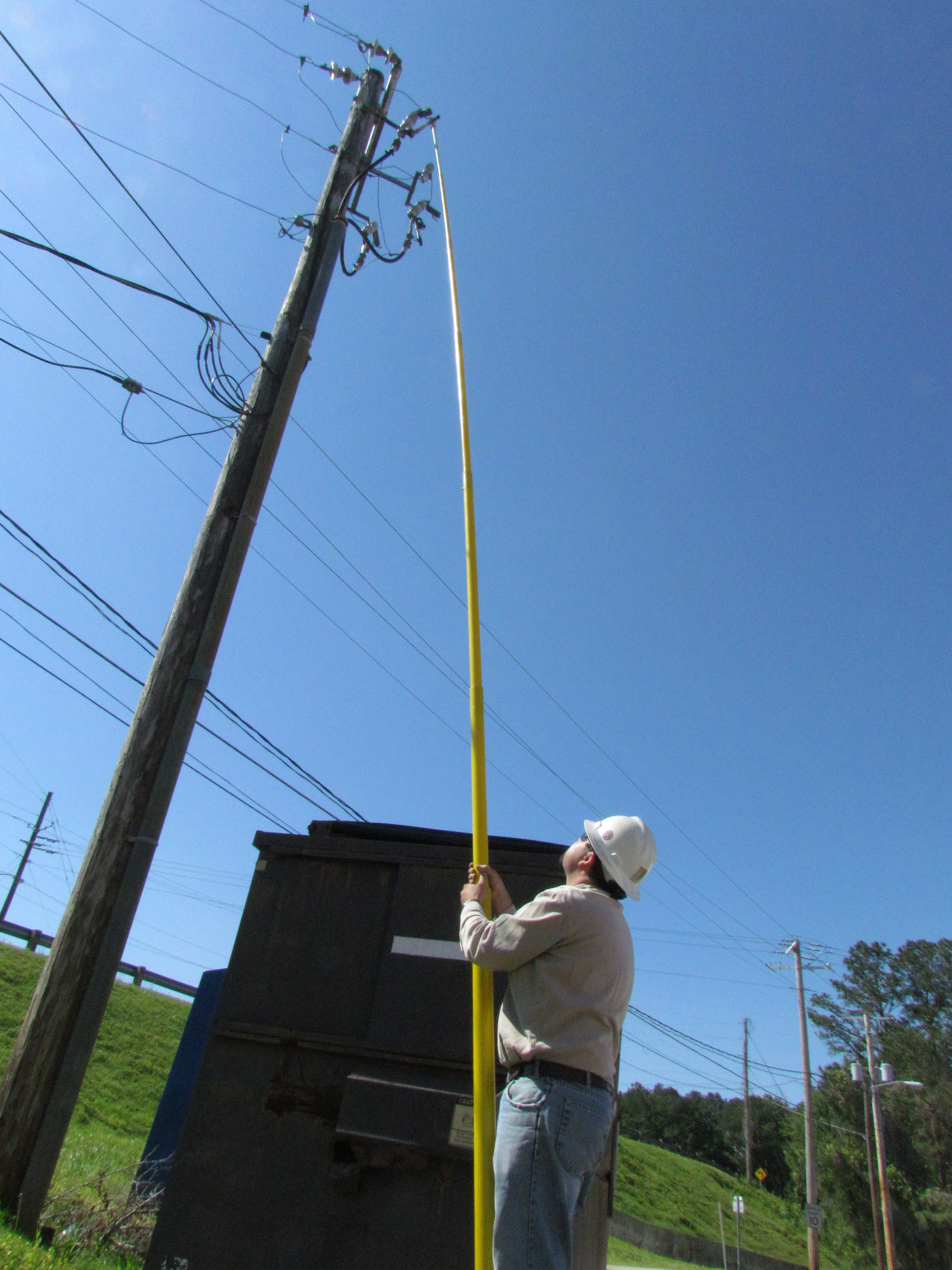
Social Sharing